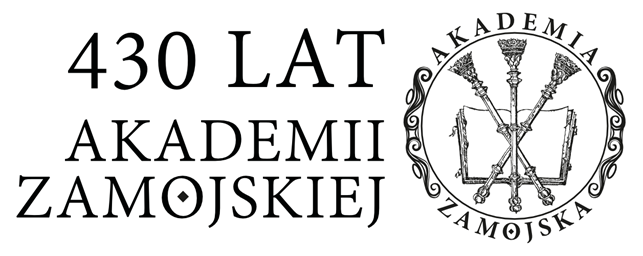Verifying the Performance of Multiple Linear Regression in Predicting the Indicator of Mass Accumulation of Waste. The Case of Lubelskie Voivodship
Tomasz Szul
Krzysztof Nęcka
Abstract
In this study, the effectiveness of classical regression models to forecast the indicator of mass accumulation of waste was investigated. The economic and infrastructural variables were used as explanatory variables. The conducted studies show that applying regression models can produce forecasting models generating errors at an acceptable level although only for the municipalities of urban and urban-rural administrative type. For the models where the following were selected as explanatory variables: income indicator, mean number of persons living in a residential building, proportion of arable land in the structure of land use, percentage of buildings in the municipality covered by the waste collection scheme, and the functional type of municipality, the error in the forecast obtained for the test set amounted to 12%–14%. Using the same set of explanatory variables for the rural municipalities caused the models to display forecasting errors for the test set ranging from 35% to 50%. Also, applying another combination of input variables gathered in the course of the studies did not result in developing models of better quality. Therefore, further studies are necessary in the search for more effective methods or other variables describing the mass waste accumulation indicator in rural municipalities.
Keywords:
regression model, household, waste, forecastingMost read articles by the same author(s)
- Tomasz Szul, Comparison of Methods in the Definition of Home Energy Characteristics in the Context of the European Union Directives , Regional Barometer. Analyses & Prognoses: Vol. 13 No. 3 (2015)
- Tomasz Szul, Krzysztof Nęcka, Methods of Estimating Waste Accumulation Rate in Rural Areas of the Lubelskie Voivodship , Regional Barometer. Analyses & Prognoses: Vol. 14 No. 2 (2016)
- Krzysztof Nęcka, Tomasz Szul, Assessment of Photovoltaic Systems in Public Utility Facilities in Light of the European Parliament Directive Requirements on Energy Efficiency , Regional Barometer. Analyses & Prognoses: Vol. 15 No. 1 (2017)
- Tomasz Szul, Prosumer Energy — a Benefit or Loss for Beneficiaries in the Light of the Act on Renewable Sources of Energy , Regional Barometer. Analyses & Prognoses: Vol. 13 No. 2 (2015)
- Małgorzata Trojanowska, Krzysztof Nęcka, Use of Indicator Methods for the Purposes of Monitoring Sustainable Energy in the Region , Regional Barometer. Analyses & Prognoses: Vol. 14 No. 3 (2016)
- Tomasz Szul, Spatial Diversity in the Share of Local Sources of Biomass in Meeting Heating Needs in the Rural Areas of Lubelskie Voivodship , Regional Barometer. Analyses & Prognoses: Vol. 12 No. 3 (2014)
Details
References
Statistics
Authors
Citation rules
Licence

This work is licensed under a Creative Commons Attribution-NonCommercial-NoDerivatives 4.0 International License.


 English
English
 Język Polski
Język Polski




